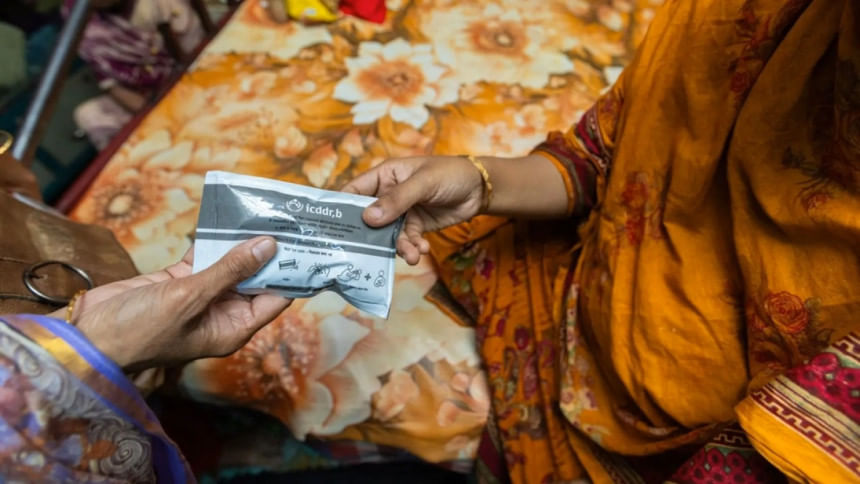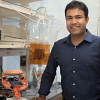Bangladesh’s gut-healing food among Time’s best inventions of 2025

Time magazine yesterday named the MDCF-2, a gut-restoring complementary food for undernourished children developed through a long-standing collaboration between icddr,b and Washington University in St Louis, one of its prestigious Best Inventions of 2025 in the Social Impact category.
This year's list features 300 groundbreaking innovations worldwide.
Microbiota-Directed Complementary Food (MDCF-2) is an affordable food formulation that repairs gut microbiomes to treat malnutrition, the International Centre for Diarrhoeal Disease Research, Bangladesh (icddr,b) said in a press release issued last night.
MDCF-2 contains a precise mix of chickpea flour, soybean flour, peanut flour, and green banana. These ingredients were selected for their ability to nourish beneficial gut bacteria that support healthy growth, immune function, and neurodevelopment in malnourished children.
Supported by the Bill & Melinda Gates Foundation, MDCF-2 has shown promising results in improving growth and immune recovery among undernourished children. Major studies are now underway in India, Pakistan, Mali, and Tanzania.
The idea originated from discussions between Dr Tahmeed Ahmed, executive director of icddr,b, and Dr Jeffrey Gordon, director of the Edison Family Center for Genome Sciences and Systems Biology at Washington University. The collaboration merged Dr Ahmed's decades of work on malnutrition in Bangladesh with Dr Gordon's pioneering research on the human gut microbiome.
Despite progress in recent decades, undernutrition remains a major threat to child survival and development, contributing to nearly half of all under-five deaths. The global burden continues to worsen due to wars, displacement, and natural disasters, leaving millions of children at risk of stunting and wasting.
"This recognition is deeply encouraging," said Dr Tahmeed. "It shows how science and compassion can come together to solve one of the most persistent global health challenges. MDCF-2 gives us new hope that locally developed, affordable solutions can help millions of undernourished children not only survive but thrive."
"The next step is to get the treatment to larger populations of children where acute malnutrition is rampant," Dr Gordon was quoted as saying.

 For all latest news, follow The Daily Star's Google News channel.
For all latest news, follow The Daily Star's Google News channel. 







Comments